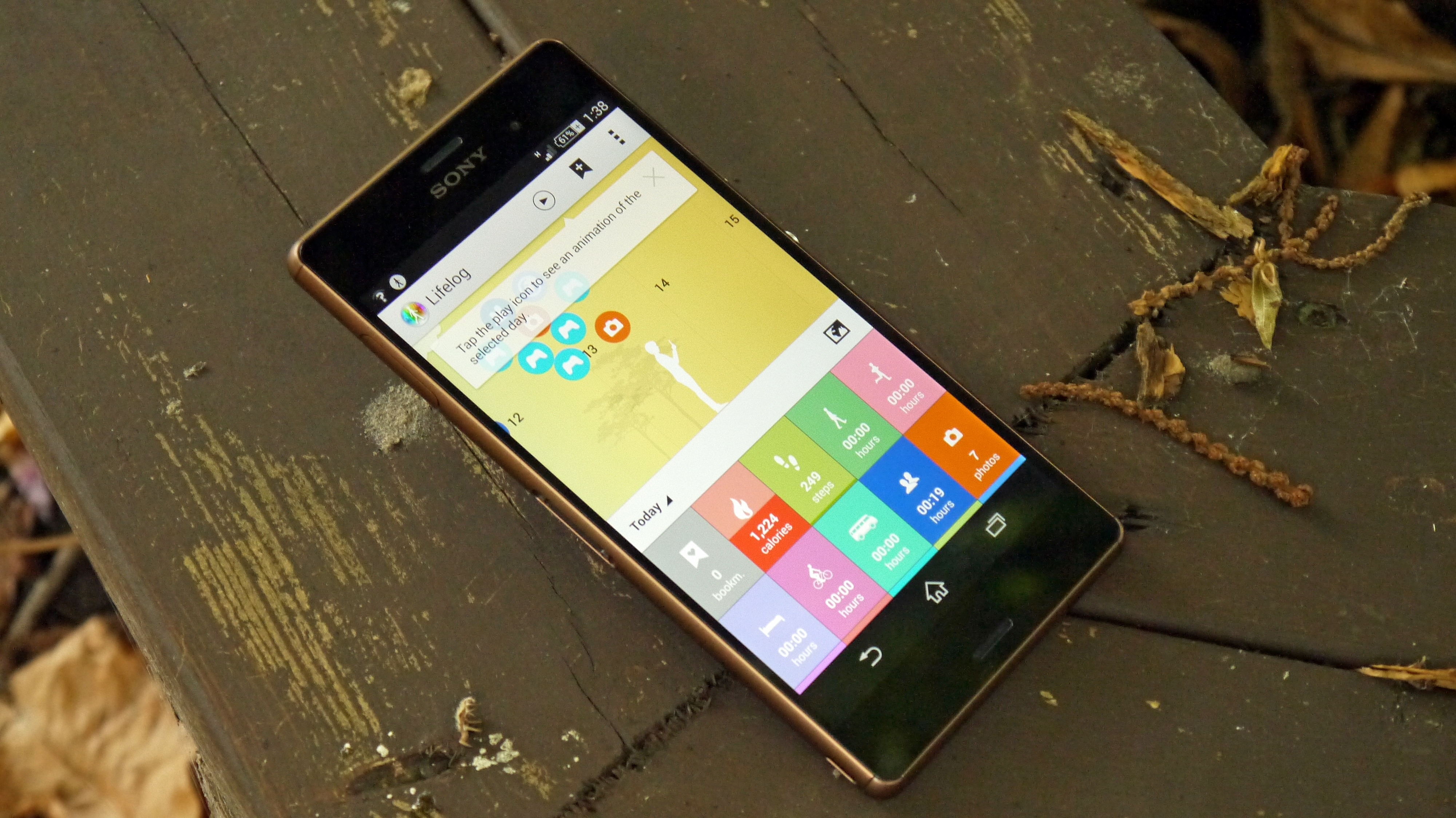Why you can trust TechRadar
The camera on the Sony Xperia Z3 is understandably powerful, given that it's chock-full with Sony technology from the camera division.
This means an Exmor RS sensor, a Bionz processor and G Lens technology to really get the most out of your snaps. With that in mind, the extra width on the lens and the improved low-light sensitivity really come to the fore here, as these were a couple of the big bugbears with the older flagship phones from Sony.
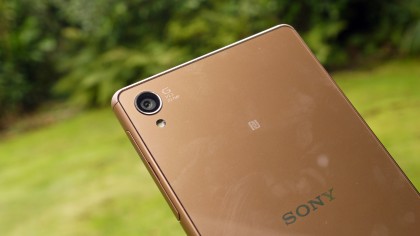
The thing with the Sony camera is you really need to decide what you want from a phone snapper: is it a simple point and shoot that gives you pretty great results each time, no matter the setting, or is it one that can be played with and give you the amazing picture?
The Sony Xperia Z3 camera is definitely in the latter. I found it a touch frustrating compared to the other cameras on the market when it comes to speed of snap, taking longer to load and fire than the others around.
Photography is the only area where speed is important, as you'll miss your kid doing a funny thing or a moment in history that's set up just right. They say that the best camera is the one you have with you, but that doesn't mean you can't look for more snappiness in your snapper.
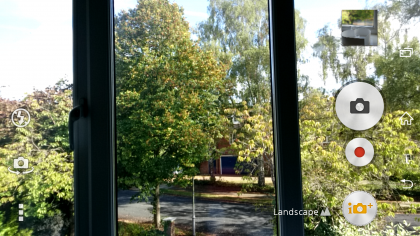
The autofocus on the Z3 doesn't seem quite up to the level of the rest of the competition, with the LG G3, iPhone 6 and Samsung Galaxy S5 all providing faster clarity. It's not a lot to deal with, but it's perceptible.
And that's not to say that when it gets it the Sony Xperia Z3 doesn't give superbly clear photos, but it can be a bit hit and miss.
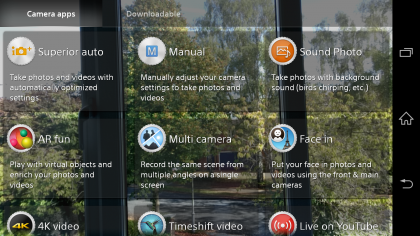
The other big upgrade from Sony is the new high level ISO mode, which is designed to get the most from darker scenes when older cameras don't.
I'm torn about what to say here, as I do have some truly great low-light photos from the Z3. But these were the result of 'low-light' mode firing up in the main Intelligent Auto camera mode (the basic setting that can decide which scene settings are best based on what you're shooting) and not just the general power of the sensor.
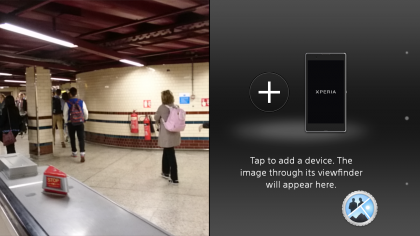
Both the iPhone 6 Plus and HTC One M8 don't rely on low-light mode and still give good low-light pictures. With the Z3 in full Low Light power, it will give you brighter lit stills than these two, but the others take them at normal speed, and don't need a super steady hand for a few seconds.
If you go manual on the Z3, the low light capabilities do seem to give brighter photos, but with a weirder white balance (which, again, you can tweak). I hope I'm going some way to showing that the Z3 is a more capable camera than most on the market, but by gosh, you'll need to spend some good time getting to know it.
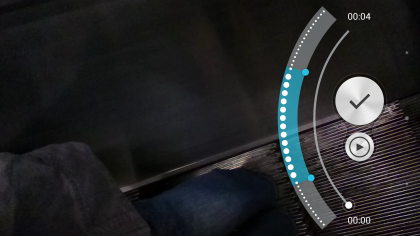
There are plenty of other modes as well, and some of them are pretty good. Timeshift Video allows you take slow-motion movies, but having just come off an iPhone 6 test, the results are nowhere near as smooth thanks to the iPhone running to a 240fps level, which really irons out the judder.
That's not to say you can't get great results here - if you want to take a video of friends jumping, you'll get something funny and easy to manipulate too.
The only other thing I'd talk about is the augmented reality effects: while they can take a LONG time to set up, the results are funny if you've got kids around. That said, putting dinosaurs on a football pitch when you're watching Portsmouth play can enliven a 0-0 draw even if you are the wrong side of 30.
Oh, and here's some good news for Sony fans: the background de-focus on this camera is SUPERB. It's definitely the best in class when it comes to picture quality, with the phone only needing to take two quick shots and then can allow fantastic levels of blur, either general, side to side or up and down.
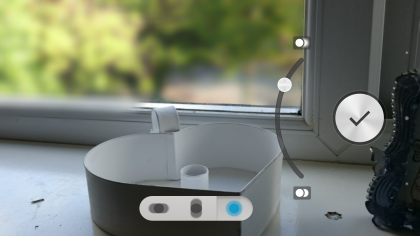
The results are great, and while the HTC One M8 is the superior device for capturing more mobile scenes and blurring (which, in fairness, is a lot of the times you'll do this) thanks to having two cameras, if you spend some time with the Z3 setting a shot it's really worth it.
As you can see on the next page, even more mobile subjects can be blurred, but the effect isn't perfect.
4K video
Here's something that's crazily not been fixed: the Sony Xperia Z3, like its predecessor, can't record 4K video for longer than three minutes before heating up and crashing the app.
Well, crashing isn't what I'm calling it this time around, as instead of shutting down, the Z3 will let you know it's heating up and then at around 2-3 minutes of footage will shut down the recording no matter what you do – and without warning.
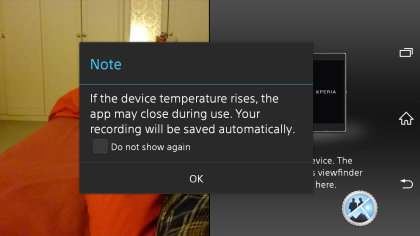
The footage shot looks good, there's no doubt about that, and if you've got the right monitor or TV to view it on it's a really good thing to look at.
But why make it a headline feature (of the Z2 – it's unsurprisingly been brushed under the carpet a little with the Z3 despite being equally capable) and then have it not actually work?
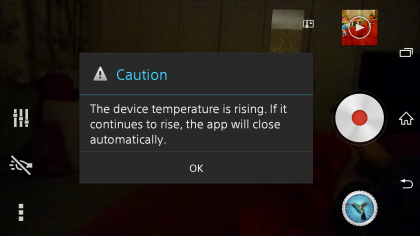
I would have assumed Sony would have solved this issue by now, but the fact the same problem exists even with new hardware shows that perhaps 4K recording is a little too advanced for the modern smartphone (even though Samsung and others seem to be able to do it with less of an issue).
The Sony Xperia Z3 camera cannot be called poor in any way, as it's tremendously powerful. But Sony hasn't really found a way to tame that power, even with the intuitive Intelligent Auto mode which usually picks the right scene choice.
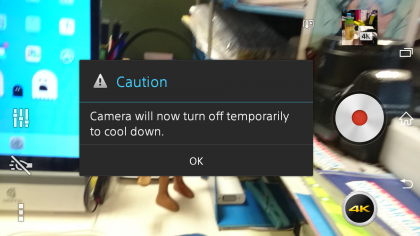
You'll get good snaps most of the time, and the range of additional options are excellent (including sound and shot, AR fun etc) - but most won't be used.
The low light performance is improved here too, although not from a hardware perspective, and I'm suspicious if that improvement has been found through software.
To sum up: the Sony Xperia Z3 is a tremendously disappointing camera from a brand that has such a heritage in the space. Take a look at this off-the-cuff shot compared to the iPhone 6 Plus and you'll see what I mean - bright, changeable light baffles the Z3 where the iPhone 6 automatically realises it needs HDR.
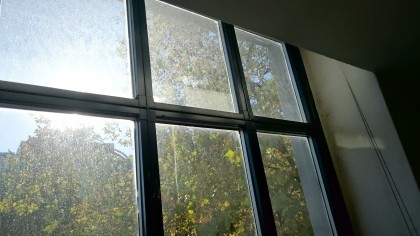
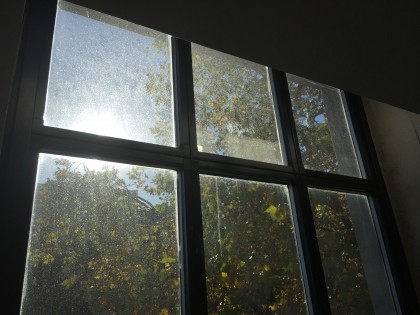
Take a look at the sample snaps on the next page to see more on the power of the Z3, but if you're looking for a simple day to day camera on a phone (meaning you're not able to / bothered by changing settings to suit the situation) and are agnostic over which to buy, I'd say either look more powerful with the Nokia Lumia 930, or simpler with the iPhone 6 or 6 Plus.

Gareth has been part of the consumer technology world in a career spanning three decades. He started life as a staff writer on the fledgling TechRadar, and has grew with the site (primarily as phones, tablets and wearables editor) until becoming Global Editor in Chief in 2018. Gareth has written over 4,000 articles for TechRadar, has contributed expert insight to a number of other publications, chaired panels on zeitgeist technologies, presented at the Gadget Show Live as well as representing the brand on TV and radio for multiple channels including Sky, BBC, ITV and Al-Jazeera. Passionate about fitness, he can bore anyone rigid about stress management, sleep tracking, heart rate variance as well as bemoaning something about the latest iPhone, Galaxy or OLED TV.
